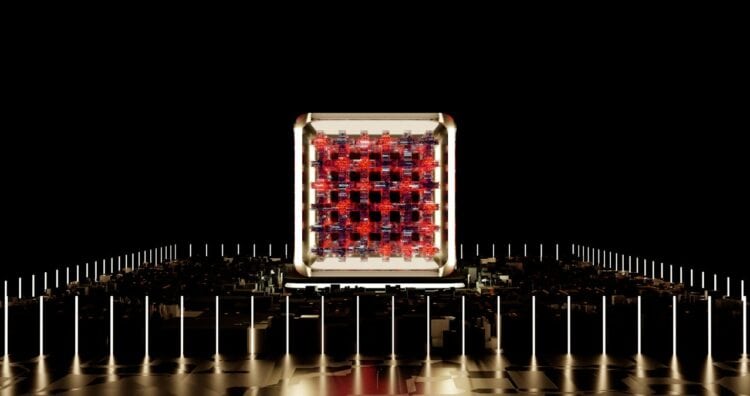A team of physicists from Australia and Britain have achieved a breakthrough in quantum sensing by ingeniously reshaping quantum uncertainty. This foundational research, published in Science Advances, opens a pathway for next-generation quantum sensors with applications in navigation, medicine, and astronomy.
The core of this innovation lies in circumventing the limitations imposed by the Heisenberg uncertainty principle. Introduced in 1927, this principle dictates that certain pairs of properties, such as a particle's position and momentum, cannot be known with unlimited precision simultaneously. The more precisely one property is measured, the less certain the other becomes.
Dr. Tingrei Tan from the University of Sydney Nano Institute and School of Physics, who led the research, explained that they engineered a trade-off to precisely measure position and momentum concurrently.
"Think of uncertainty like air in a balloon," Dr. Tan said. "You can't remove it without popping the balloon, but you can squeeze it around to shift it. That's effectively what we've done.
"We push the unavoidable quantum uncertainty to places we don't care about (big, coarse jumps in position and momentum) so the fine details we do care about can be measured more precisely." Dr Tingrei Tan
The team draws an analogy to a clock to further illustrate their findings. Imagine a clock with only one hand. If it's the hour hand, one can tell the hour and roughly the minute, but the minute reading will be imprecise. If it's the minute hand, the minutes can be read precisely, but the hour is lost. This 'modular' measurement sacrifices global information for finer detail.
The first author of the study, Dr. Christophe Valahu from the Quantum Control Laboratory at the University of Sydney stated: "By applying this strategy in quantum systems, we can measure the changes in both position and momentum of a particle far more precisely. We give up global information but gain the ability to detect tiny changes with unprecedented sensitivity."
This strategy, initially outlined theoretically in 2017, was experimentally demonstrated using a technological approach previously developed for error-corrected quantum computers.
The team implemented the sensing protocol using the tiny vibrational motion of a trapped ion, preparing it in "grid states". This allowed them to measure both position and momentum with precision beyond the 'standard quantum limit'.
A theorist from RMIT University, Professor Nicolas Menicucci, noted the crossover from quantum computing to sensing.
"Ideas first designed for robust quantum computers can be repurposed so that sensors pick up weaker signals without being drowned out by quantum noise." Professor Nicolas Menicucci
The ability to detect minute changes holds immense importance across science and technology. Ultra-precise quantum sensors could enhance navigation in GPS-denied environments, improve medical imaging, monitor materials and gravitational systems, and probe fundamental physics.
While still in the laboratory stage, this experiment demonstrates a new framework for future sensing technologies aimed at measuring tiny signals, adding a complementary tool to the quantum-sensing toolbox.



